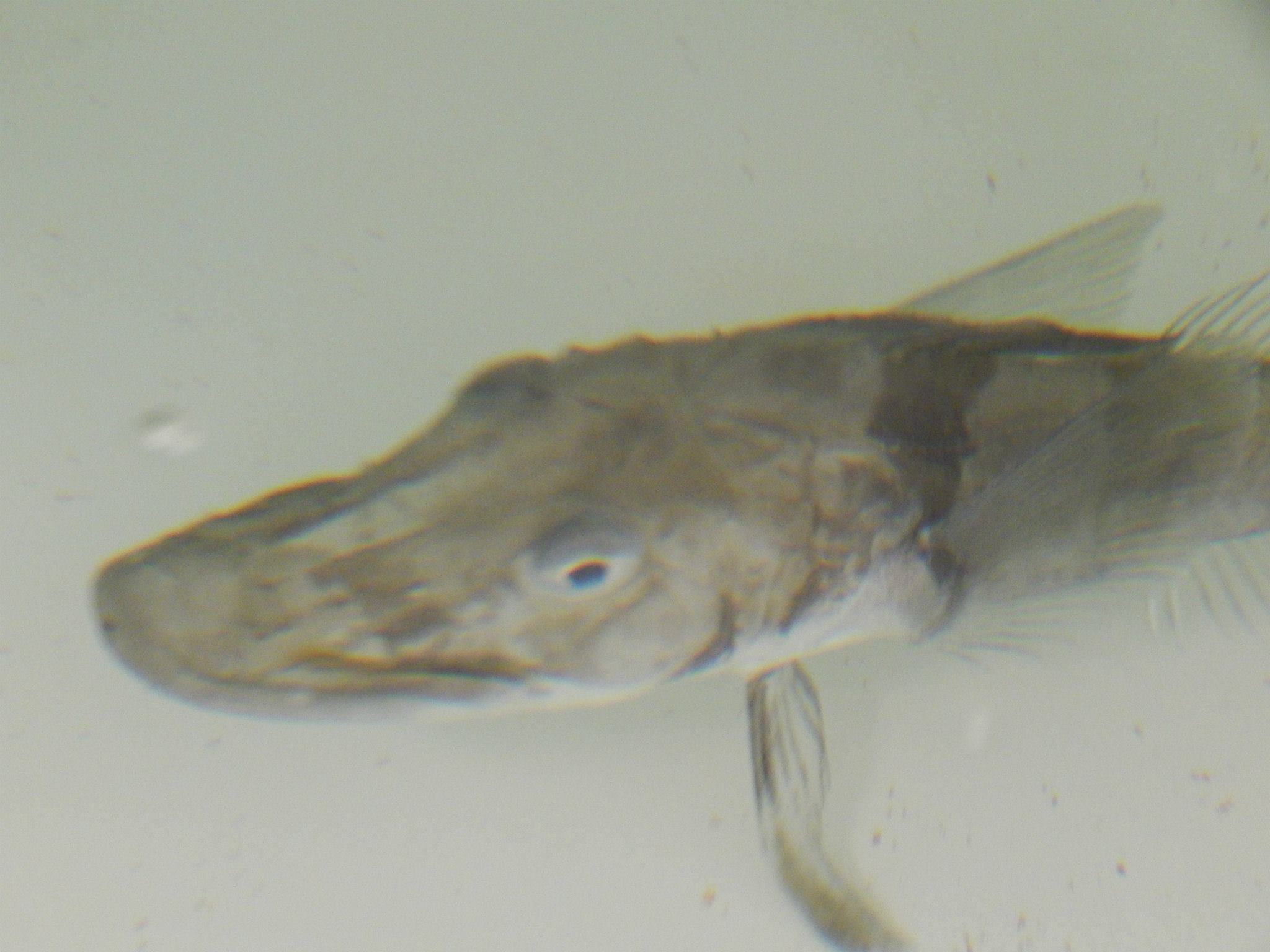Template:POTD protected

|
The crocodile icefish or white-blooded fish (Channichthyidae) comprise a family of notothenioid fish found in the Southern Ocean around Antarctica and southern South America, where water temperatures remain relatively stable (generally ranging from -1.8 to +2.0 °C). Sixteen species of crocodile icefish are currently recognized. All icefish are believed to be piscivorous but can also feed on krill. Icefish are ambush predators; thus, they can survive long periods between feeding and often consume fish up to 50% of their own body length. Maximum body lengths of 25–50 cm have been recorded in these species. To compensate for the loss of hemoglobin, they have larger blood vessels (including capillaries), greater blood volumes (four times that of other fish), bigger hearts, and greater cardiac outputs (fivefold greater) compared to other fish. Their hearts lack coronary arteries, and the ventricle muscles are very spongy, enabling them to absorb oxygen directly from the blood they pump. Photographer: Ambiederman |